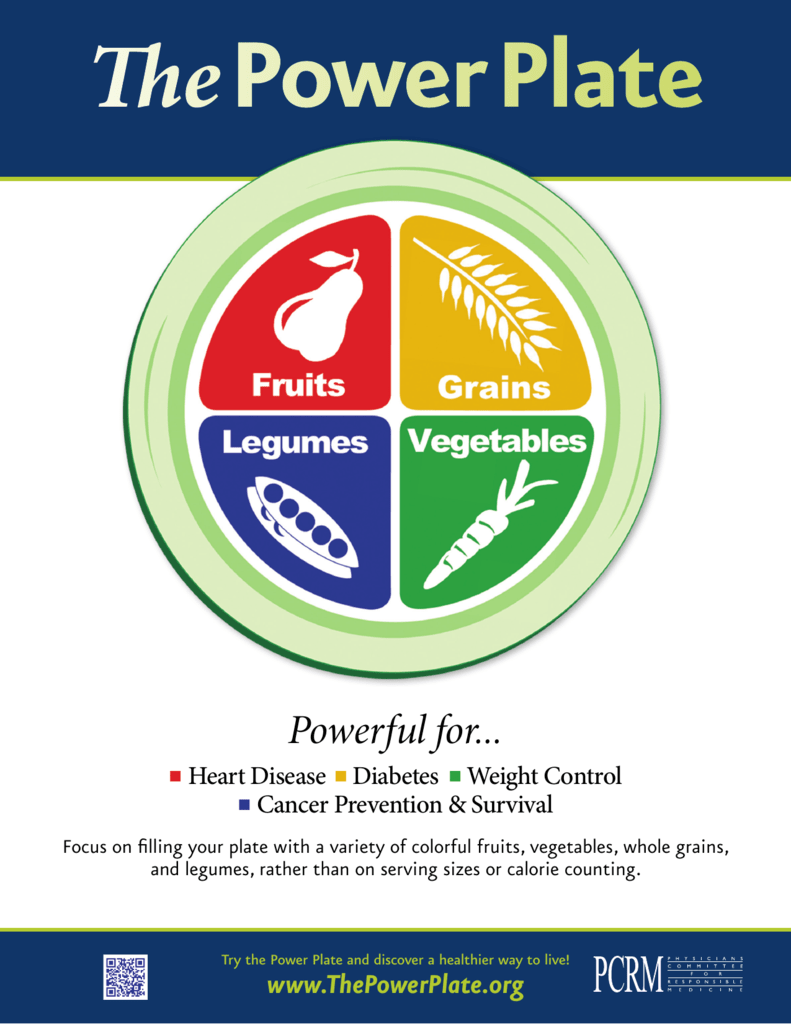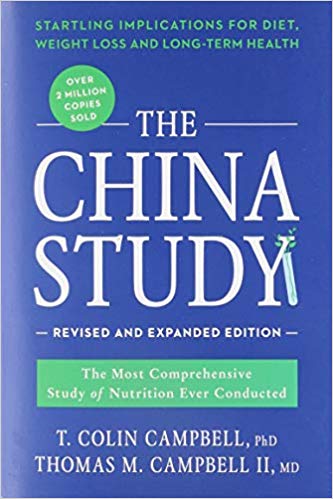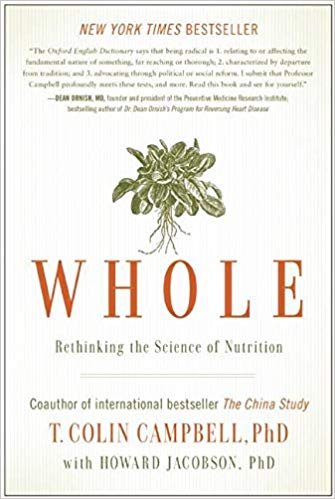
If you’ve decided to try the whole-food, plant-based lifestyle (WFPB) to lose weight or lower your risk of certain diseases, you will immediately find there’s a bit of a learning curve.
That’s because the food culture in the United States is geared towards foods that are animal-based and processed—cheese, meats, sugar, flour-based products, chips, candy, etc. In fact, WFPB is such a large change, you might wonder if you’ll be eating anything other than cardboard.
I can happily report that WFPB eating is satisfying and delicious.
Let’s review the general guidelines. With WFPB there are three things to avoid or minimize.
- Added sugar (and artificial sweeteners)
- Flour-based products
- Animal-based products (meat, dairy, eggs)
And there are five things you eat. The main four include:
- Legumes
- Grains (as close to whole kernel as you can get it)
- Vegetables
- Fruits (natural form, not canned)
The fifth category is some added fat on the side. That includes things like a tablespoon of mayo, peanut butter, oil, avocado, etc. Or it could be an ounce of nuts or seeds.
We’ve found it easiest to compose a meal by simply thinking about the five categories and filling in the blanks. If you don’t include one of the main four groups in a meal, that’s fine. Just be sure you’re not excluding it all the time.
There are dozens and dozens of delicious meals. Over the next months I’ll be sharing some of those we love. Let’s start with the base.
The base
Grains
Our InstaPot has been a huge help with grains. It makes them so easy to cook. You can make them in a batch and enjoy them over the course of a few days.
Wheat
- 2 cups food storage wheat berries (Yes! Finally a use for all those bags of food storage wheat in the basement!)
- 5.5 cups water (or use vegetable stock if you want it savory)
- ½ tsp salt
- Cook for 35 minutes on high pressure followed by immediate pressure release. Drain if necessary.
Rye berries, oat groats, pearled barley, brown rice
- 2 cups grain
- 2.5 cups water (or vegetable stock if you want it savory)
- ½ tsp salt
- Cook for 22 minutes on high pressure followed by 10 minutes of natural pressure release. Drain if necessary.
When you want the grain as a savory dish, use vegetable broth or stock. It gives the grain a wonderful flavor. It’s total magic. You can get cartons at the grocery store for under two bucks.
For rice, we love the Lundberg wild rice mix. Lundberg also happens to be California rice which doesn’t have the high levels of arsenic that rice from the Southern United States has.
Legumes
Lentils
- 1 cup brown or green lentils (do not use red for this)
- 2 cups vegetable broth (the broth is the magical ingredient)
- ½ tsp salt
- Cook for 15 minutes on high with 10 minutes of natural pressure release. Drain if necessary.
For other beans, we just purchased them in the can. They’re cheap and easy. Pinto, black, white, black-eyed peas, etc. You might find it easiest to start with pinto and garbanzo beans.
Fruits
Easy. Just get whole fruits. You can also get the frozen berries and cherries.
Vegetables
Easy. Just get a variety of veggies and salad.
Nuts and seeds
Easy. Get whole almonds, pecans, walnuts, etc. Whatever you like. Try to get them raw. You can heat them up in a pan on the over before you eat. Stove-roasted pecans are tasty.
Added oils
Olive oil, avocado oil, coconut oil. You’re not going to be using a ton. If you want to use mayo and salad dressing, do it. Again, you’re not going to be using much.
Spices
Use all you want—cinnamon, ginger, basil, etc. Also use mustard, soy sauce, hot sauce. Balsamic vinegar is great on many things.
Recipes
With meal recipes we mix and match. Here are some meals we like.
Grain Bowl
For 1 person.
- 4-6 oz of grain
- 6 oz of berries, cherries, or 1 whole fruit
- Some almond milk
- Some spices like cinnamon or pumpkin pie spice or ginger (could do fresh ginger if you like it), or cocoa.
- 1 oz of nuts, 1 tablespoon of peanut butter, or 1 tablespoon of coconut cream
- Heat in microwave if desired
Great for breakfast. Using different fruits and spices gives it lots of variety from day to day.
Homemade Costa Vida Salad
For 1 person.
- 4-6 oz beans
- 3-4 oz salad greens (you will need a big bowl)
- Some mango salsa
- 1 tablespoon Ranch dressing or may
- 2 or 3 tablespoons of balsamic vinegar
- Salt and pepper to taste
Just mix it all up and enjoy. You can add cooked rice if you want and other sautéed veggies. You can also add rosemary leaves and turmeric for the health benefits.
Other tips
Here are some other things we’ve found.
- Broccoli tastes the best, hands down, when cooked in a steamer.
- Cabbage is great when steamed and stir fried with soy sauce, ginger, garlic powder, and onion powder
- Succotash is tasty, especially if you make it with some small cubes of potato.
- You can substitute lentils for ground beef in many meals. We’ve done it with stuff green peppers, shepherd’s pie, and many others, and our picky, teenage daughter actually likes it.
- Some corn added to beans for a burrito or chili gives it a nice sweet flavor.
- Sautéed mushrooms are great with onion powder, garlic powder, and thyme.
- Garbanzos go really well with peanuts.
We’re not fanatics about this. But I’d say we’ve been able to get 90% of the way to a WFPB lifestyle. And we’re enjoying the food. In fact, the longer we eat this way, the tastier it becomes.
For about two years, we ate a diet high in vegetables and animal-based foods (meat, dairy, and eggs). We were diligent, but didn’t see the results we hoped for. Four months ago, we switched over to WFPB. I recently had some blood work done. After four months of eating this new way, I’ve dropped about fifteen pounds. My total cholesterol is down from 214 to 188. My blood sugar levels went from 107 to 83. And my blood pressure has improved. And that’s after just four months with some days of holiday eating mixed in. I can’t wait to see what happens after eating this way for a year.
If you want to hear the research behind this to consider the evidence yourself, I recommend the following:
- The China Study: The Most Comprehensive Study of Nutrition Ever Conducted (Revised and Expanded) by Colin T. Campbell, PhD
- Whole: Rethinking the Science of Nutrition by Colin T. Campbell, PhD
- How Not to Die: Discover the Foods Scientifically Proven to Prevent and Reverse Disease by Michael Greger, M.D.
- How Not to Diet: The Groundbreaking Science of Healthy, Permanent Weight Loss by Michael Greger, M.D.
You can get all of them from your local library. If they don’t have the books there physically, ask the librarian how to use their Overdrive account to check out an ebook or audio book version online.


















